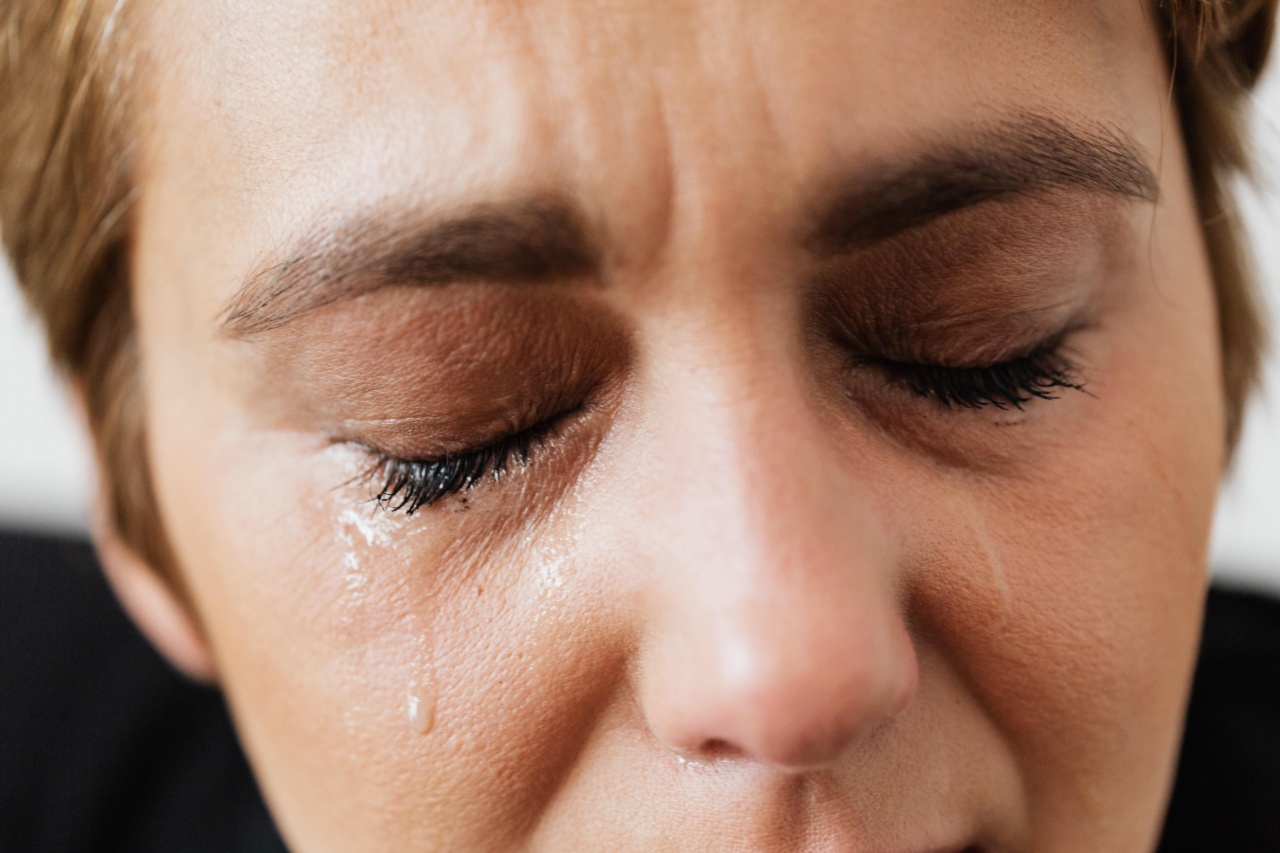Waist pain can be a debilitating condition that affects your daily activities and quality of life.
While there can be various underlying causes of waist pain like injury, inflammation, or structural issues, certain lifestyle habits can also contribute to this discomfort. By identifying these habits and making positive changes, you can potentially alleviate or prevent waist pain altogether. Here are nine lifestyle habits that can trigger waist pain and tips on how to mitigate them:.
1. Poor Posture
One of the most common causes of waist pain is poor posture. Slouching or sitting for extended periods in an incorrect posture can strain your lower back, leading to pain and discomfort in the waist area. To improve your posture:.
- Keep your back straight and shoulders back while sitting or standing.
- Use ergonomic chairs and supportive cushions to maintain the natural curvature of your spine.
- Take regular breaks from sitting and stretch to relieve tension in your back.
2. Sedentary Lifestyle
Leading a sedentary lifestyle can contribute to waist pain as it weakens the muscles supporting your waist and back. Lack of physical activity also reduces flexibility and promotes weight gain, which can strain the waist area.
To combat a sedentary lifestyle:.
- Incorporate regular exercise into your routine, focusing on core-strengthening and flexibility exercises.
- Avoid sitting for prolonged periods; take breaks and move around every hour.
- Engage in activities like walking, swimming, or cycling to improve overall fitness.
3. Excessive Weight
Carrying excess weight can put strain on your waist and lower back. The additional weight can disrupt the natural alignment of your spine, leading to pain and discomfort. To manage excessive weight:.
- Adopt a balanced and healthy diet, rich in fruits, vegetables, lean proteins, and whole grains.
- Avoid crash diets or extreme weight loss methods that can harm your overall health.
- Consult a healthcare professional or nutritionist for personalized weight management advice.
4. Improper Lifting Techniques
Lifting heavy objects incorrectly is a common cause of waist pain and injuries. When you lift objects using improper techniques, you put excessive strain on your back and waist muscles. To lift objects safely:.
- Bend your knees and hips, keeping your back straight.
- Do not twist your waist while lifting; use your leg and arm muscles instead.
- If an object is too heavy, ask for assistance or use equipment like trolleys or lifting belts.
5. High Heel Usage
Wearing high heels regularly can affect your posture and put strain on your waist and lower back. The unnatural posture created by high heels alters the curvature of your spine, leading to pain and discomfort. To minimize the impact of high heels:.
- Limit wearing high heels to special occasions and choose lower and more supportive heel heights for everyday use.
- Stretch your calf muscles regularly to counteract the effects of wearing high heels.
- Invest in well-fitted shoes with proper arch support and cushioning.
6. Stress and Tension
Chronic stress and tension can manifest physically as waist pain. Stress causes your muscles to tense up, including those in your waist area, leading to discomfort and pain. To manage stress and tension:.
- Practice relaxation techniques like deep breathing, meditation, or yoga to relax your mind and body.
- Engage in stress-reducing activities like listening to music, spending time in nature, or pursuing hobbies.
- Consider therapy or counseling to address underlying sources of stress.
7. Inadequate Sleep Support
Sleeping on a mattress or pillow that does not provide adequate support can contribute to waist pain. A mattress that is too soft or a pillow that does not align your neck and spine properly can result in discomfort. To improve sleep support:.
- Invest in a mattress and pillow that offer proper support and align with the natural curvature of your spine.
- Consider using a mattress topper or pillows specifically designed for waist and back support.
- Adopt a consistent sleep routine and ensure you get enough sleep each night.
8. Poor Lifting and Exercise Techniques
Performing exercises or lifting weights with improper techniques can strain your waist muscles and lead to pain. It is essential to learn and execute exercises correctly to avoid unnecessary stress on your waist.
To ensure proper lifting and exercise techniques:.
- Consult a qualified fitness trainer or coach to learn appropriate exercise form.
- Start with lighter weights and gradually increase intensity as you build strength and endurance.
- Do warm-up exercises before workouts to prepare your muscles for movement.
9. Smoking
Smoking tobacco can also contribute to waist pain. Smoking reduces the blood flow to your muscles and impairs their ability to recover, which can lead to discomfort and pain. To quit smoking:.































